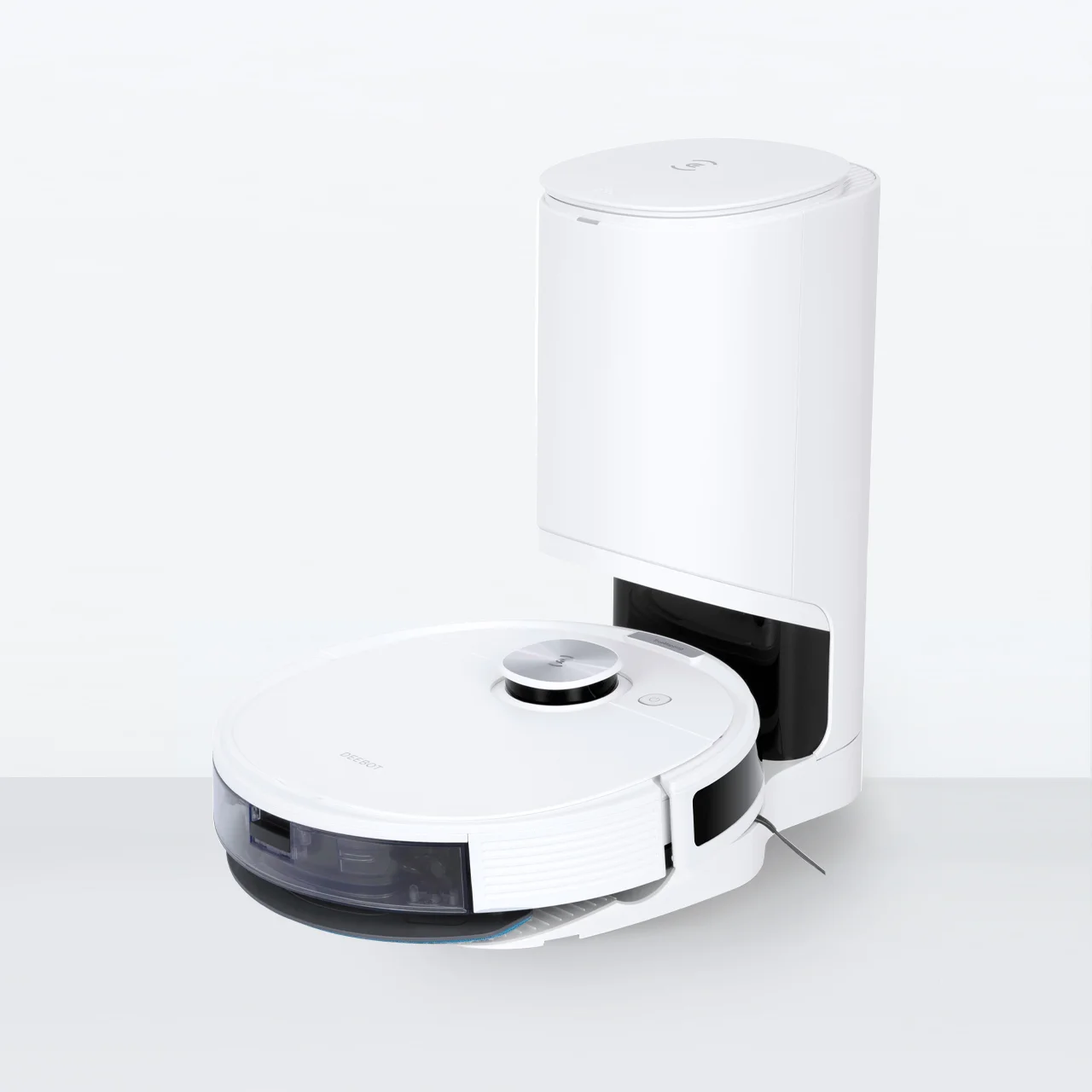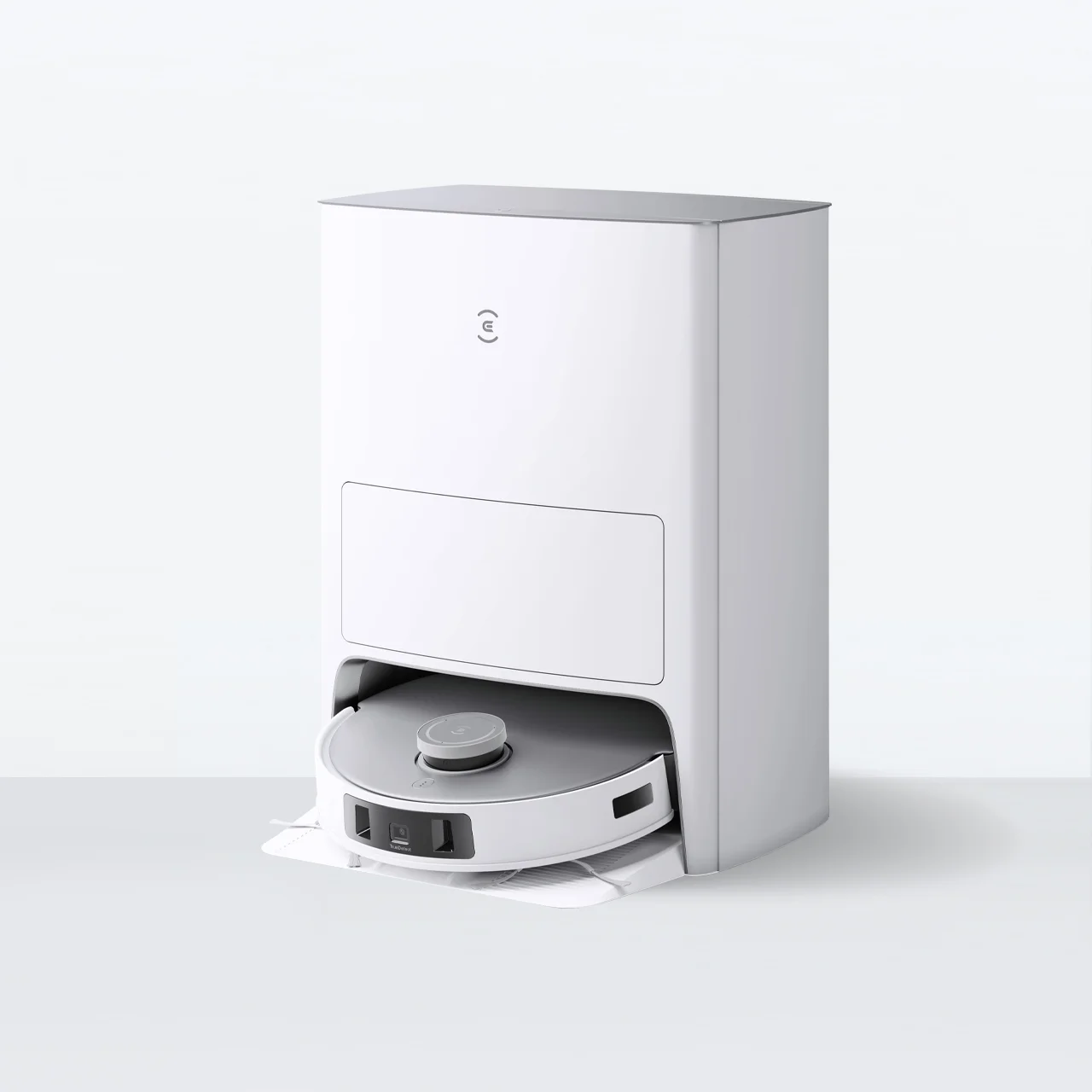
The hum of a robot vacuum should be a background whisper, a subtle sign of cleanliness in progress. Yet, when the gentle hum escalates to a roar, a tune louder than we signed up for, it causes not just annoyance but a genuine concern for their performance and our comfort. The frustration is real when peace is pierced by unexpected noise, but fear not – troubleshooting this loudness can be straightforward. Through understanding and the right approach, the tranquillity of automated cleaning can be restored.
Are Vacuum Cleaners Noisy?
Vacuum cleaners are noisy. They operate with lots of components like motors and fans, which inevitably produce noise when moving and cleaning. But how noisy are they really?
According to Know Your Noise, a program funded by the Australian Government Department of Health, prolonged exposure to noise levels above 85 dB can pose a risk of hearing damage. Generally, traditional vacuums can reach sound levels of 70–80 dB, while their cordless counterparts usually operate between 65–75 dB. On the quieter end of the spectrum, automatic vacuums typically generate around 55–70 dB, making them a less intrusive option. This lower sound level means you can enjoy a calm environment at home while your vacuum cleaner does its work. For those who appreciate a quieter home environment, a quieter robot vacuum cleaner is a huge advantage, offering effective cleaning without disruptive noise. Whether it's enjoying a book or a peaceful nap, a robotic vacuum cleaner ensures a clean home without the cacophony usually associated with vacuuming.
Why Is My Robot Vacuum So Loud?

Robot vacuum cleaners might make loud or abnormal noises for several reasons: debris accumulation within the device hindering its operation; damaged components, such as wheels or brushes; obstructions in the vacuum or filters; and a lack of proper maintenance, including regular cleaning and checks, can also lead to louder operation than normal.
Debris like long hair, dust, or small objects tangled in your smart vacuum's brushes or wheels can make it work harder and make grinding noises. Flipping it over to remove such debris and giving it a thorough clean can help maintain a calm operation.
Damaged components, from wear and tear on brushes, wheels, or the motor, can lead to loud noises too. For instance, a brush that's incorrectly installed or worn out might not rotate smoothly, creating a racket with each vacuum run. Inspecting and replacing these parts as needed can reduce such noise.
On the other hand, auto vacuums create strong airflow to suck up debris from the floor, and clogged filters or obstructions in the vacuum's path can restrict airflow, forcing the motor to work overtime and produce more abnormal noise. Keeping the filters clean and the cleaning path clear not only allows quieter cleaning cycles, but also keeps dirt and allergens well contained inside the dust bags. Discover our selection of robot vacuums for allergy sufferers.
Lastly, even though automatic vacuums offer a hands-free cleaning experience, regularly clean your robot vacuum and check for wear is essential to prolong their lifespan. Neglecting these tasks can make your vacuum louder over time. A consistent maintenance schedule keeps your vacuum running calmly and efficiently.
How to Reduce Robot Vacuum Noise?
When your smart vacuum starts getting loud rather than its usual hum, there's no need to panic. Before reaching out to customer support, consider trying some simple fixes yourself, which can often help to reduce the volume.
Check for damages
If your robotic vacuum cleaner starts to sound like a freight train, it’s time to play detective. Start by looking for any visible damage – cracks, dents, or anything that seems out of place or broken. A cracked housing or a loose component, particularly the brushes which are in constant contact with the floor, can amplify noise levels, turning your smart cleaner into a noisemaker.
Inspect the wheels
Next, turn your attention to the wheels. Since they undertake the legwork for the cleaning robots, wear and tear over time is inevitable. Misalignment or damage can cause them to drag or bump unnecessarily, creating extra noise. Make sure they're properly aligned and rolling smoothly. A wheel that doesn't roll straight and keeps getting stuck can make your auto vacuum much louder than usual.
Examine the brush roll
The brush roll is at the heart of the vacuum's cleaning prowess, reaching out, agitating, and picking up dirt and debris from the floor – but it's also a common culprit of abnormal noise. Check for signs of wear or damage – tangled hair or debris can stress the motor, leading to an orchestra of unwanted sounds. This can also cause other issues, such as the smart vacuum stopping and not spinning properly.

Damaged motor
Speaking of motors, a damaged or misaligned one can turn your vacuum into a loud machine. If the roar seems to come from inside the vacuum, a motor issue might be to blame. A malfunctioning or simply worn-out motor in a robot vacuum can even produce a burnt smell. This can be a more serious problem as it likely requires a complete replacement of the motor component.
Connectivity issues
Connectivity issues, believe it or not, can also contribute to the issue. Dirty or damaged sensors, or a poor Wi-Fi connection, can send your vacuum on a noisy, confused journey across your floors. It's like trying to navigatea crowded room blindfolded – you're bound to bump into things and make a racket. Giving it a wipe and reconnecting to the internet might just be what it needs.
Wrong usage
Are you using the right cleaning mode for your flooring? Some models can be particular about surfaces and may become noisy on the wrong ones. When your vacuum goes from carpet to hardwood, for example, it’s likely to get a lot louder – with stone and tile floors often being the loudest. Set your vacuum to the appropriate mode for your flooring to avoid subjecting it (and yourself) to an unnecessarily loud cleaning session.
Does ECOVACS' DEEBOT Run Loudly?
DEEBOT robot vacuums are known for their advanced technologies that enhance the convenience and efficiency of the home cleaning experience, with minimizing noise being one of their key objectives. In fact, all DEEBOT models available utilize the same technology for quiet operation. Take the DEEBOT N8, for example – it features an innovative fan motor design that uses glass fibre materials to optimise the vacuum's energy efficiency and durability, all while keeping the volume low. The advanced brushless motor and optimised airflow significantly contribute to a quieter cleaning experience, allowing the DEEBOT to blend seamlessly into the background of your daily life.
FAQ
How loud is too loud for robot vacuums?
For robotic vacuum cleaners, noise levels above 70 decibels (dB) are considered loud. Ideal vacuums operate between 50–70 dB, ensuring efficient cleaning without disruptive noise in your living environment.
Does the age of my robot vacuum affect its noise level?
Yes, as auto vacuums age, wear and tear on components can increase noise levels. Regular maintenance can help minimize this risk, but older models may naturally become louder over time.
Are there any accessories or add-ons that can decrease robot vacuum noise?
Yes, certain accessories, like roller brushes made with rubber or other noise-reducing materials, can help lower your automatic vacuum's volume.
Related Products









